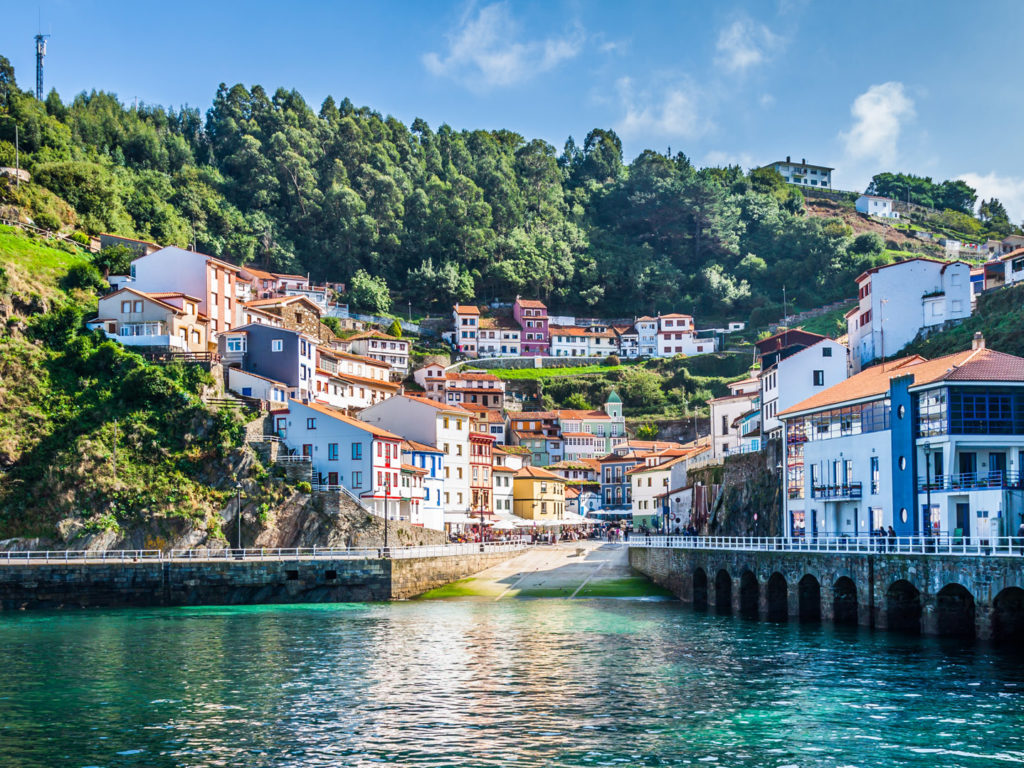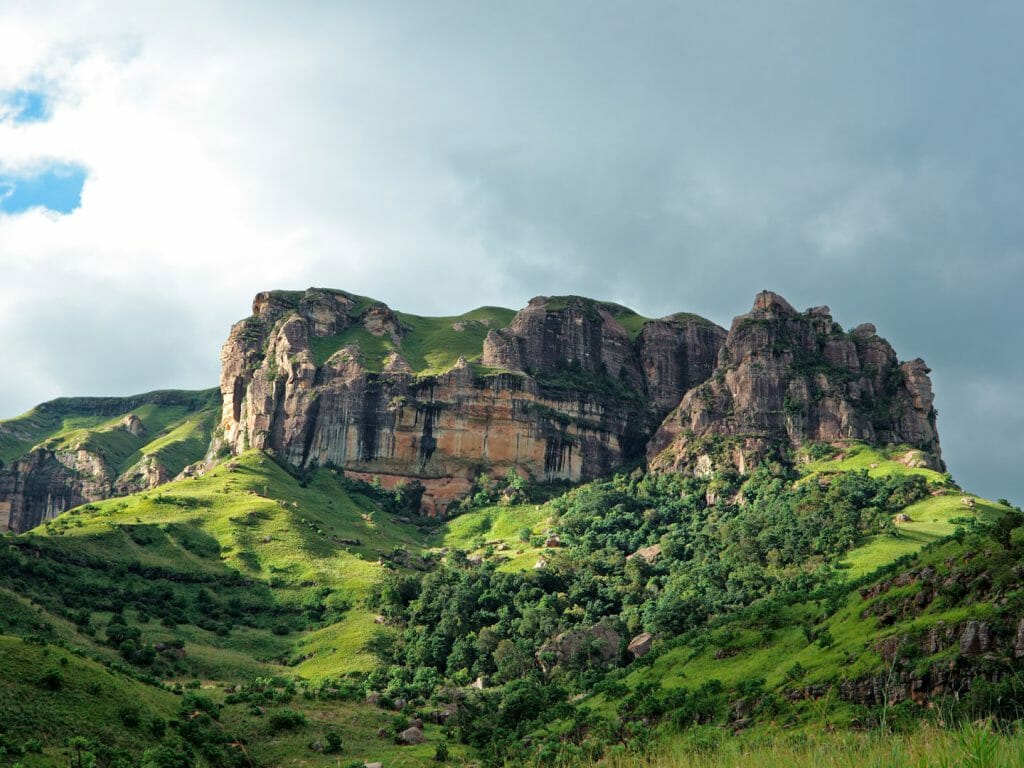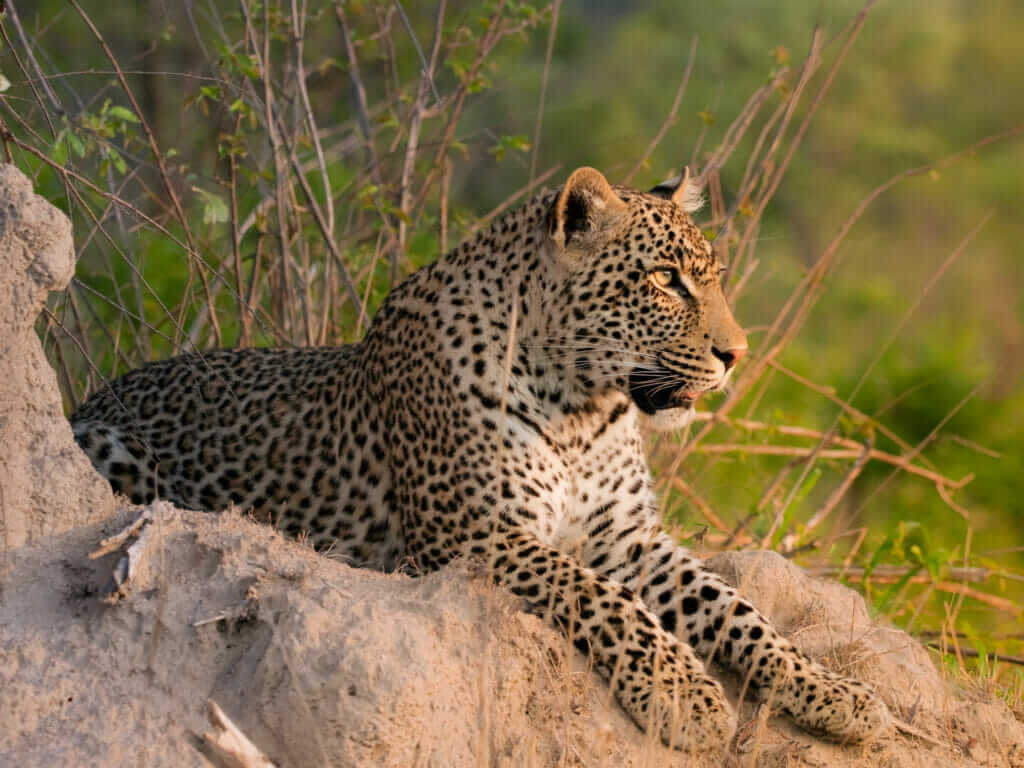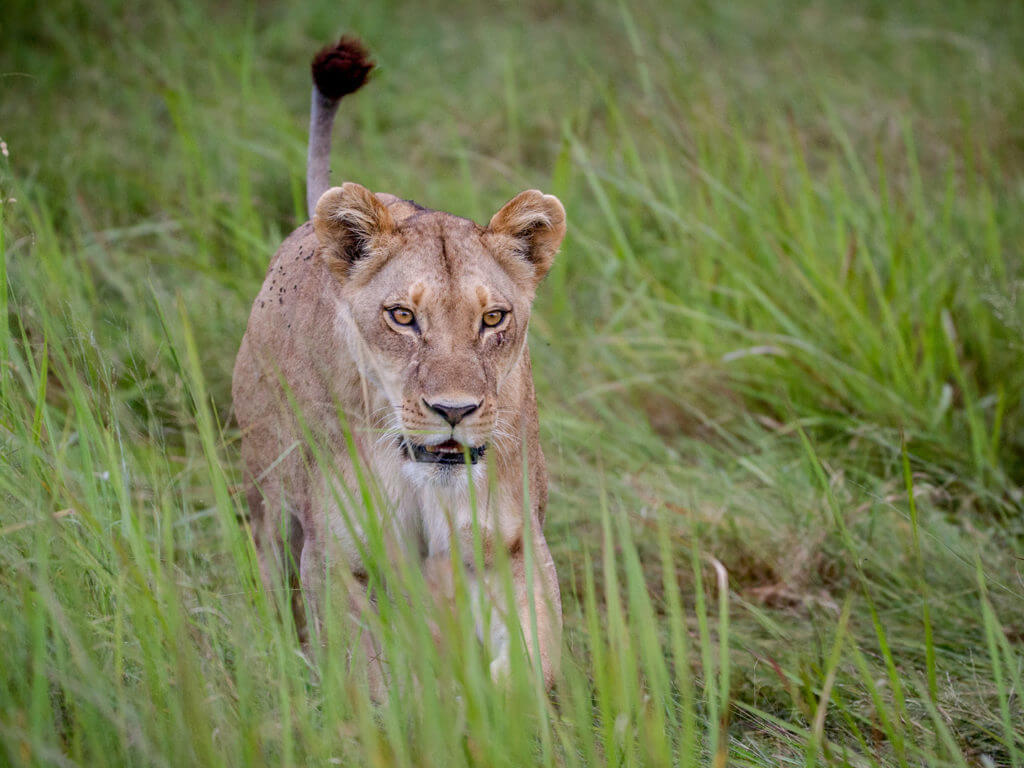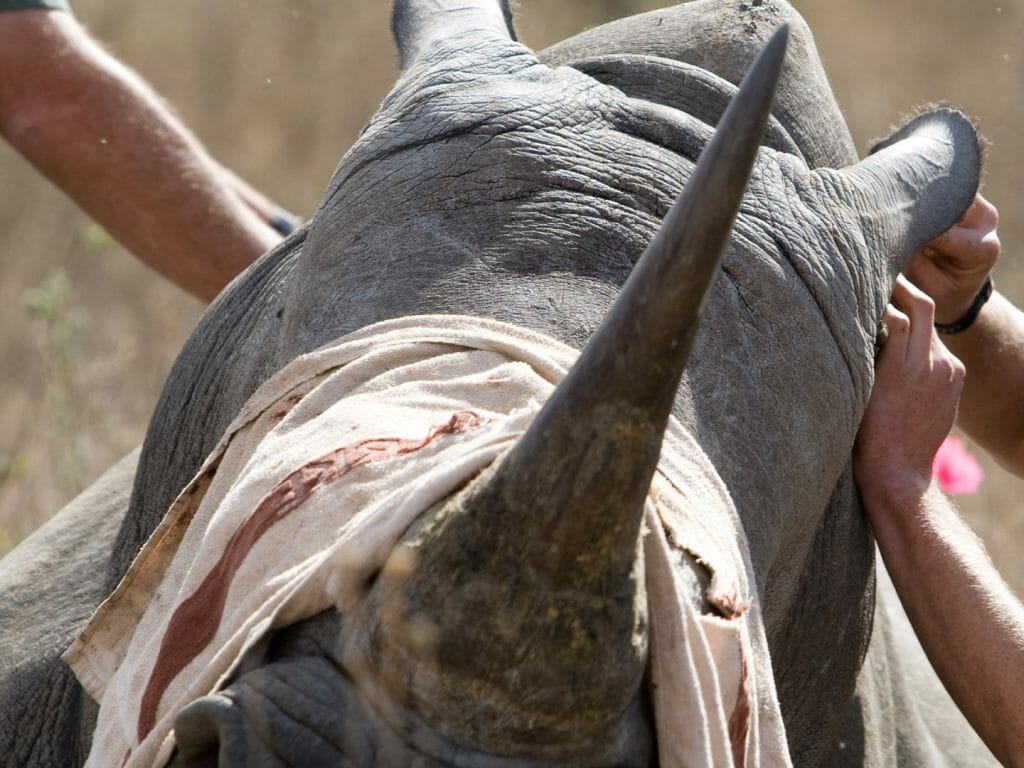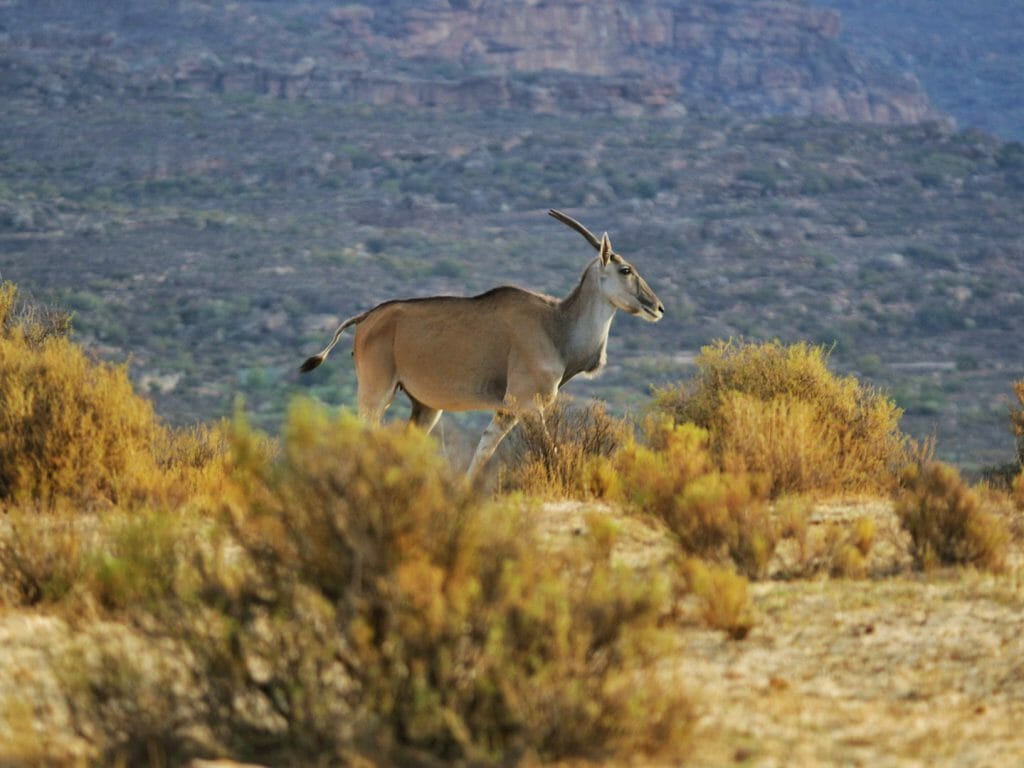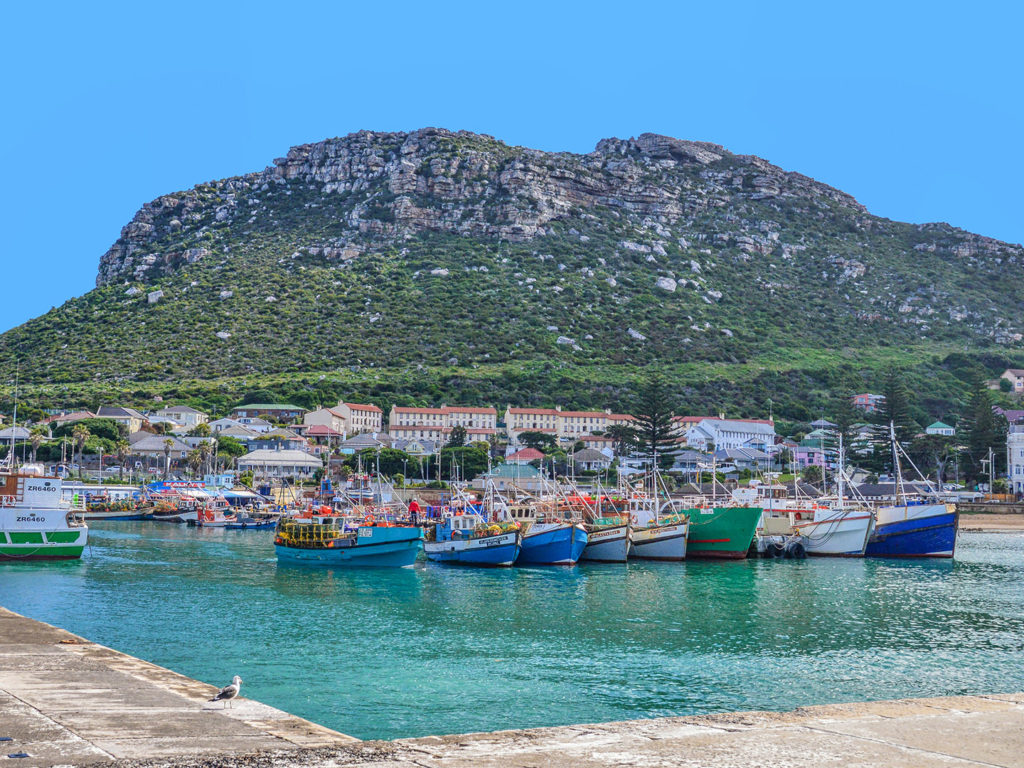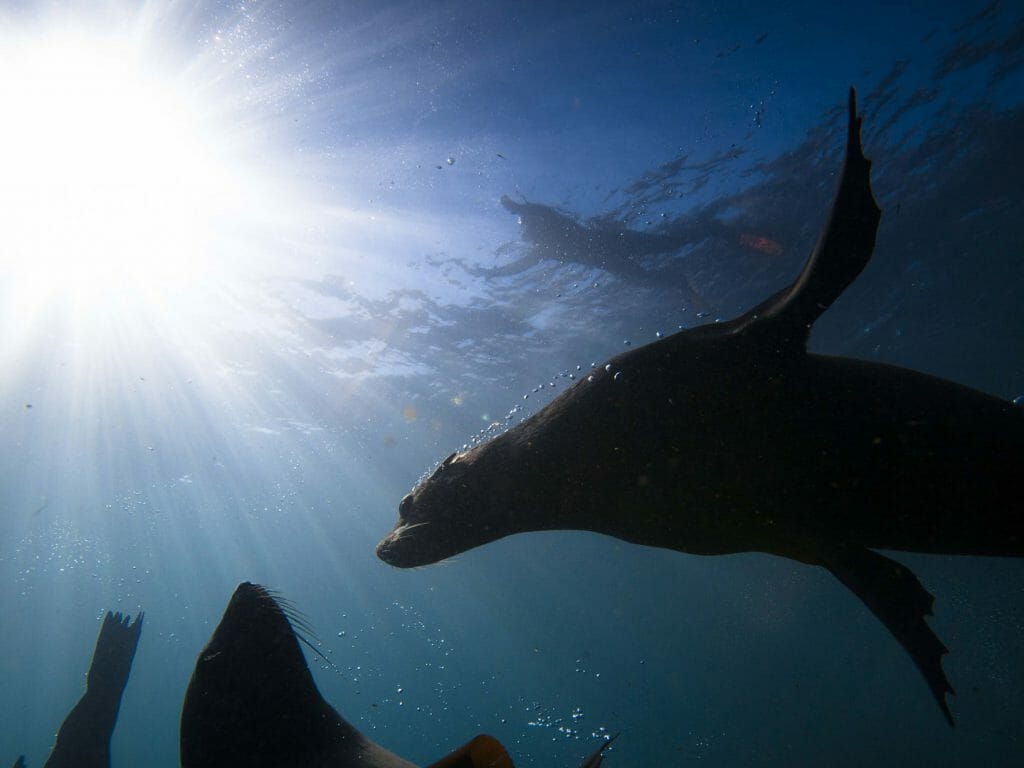“It’s like driving through a painting.” I whispered to myself.
I was on a 4×4 safari of Grootbos, an Afrikaans word literally meaning Big Bush in reference to the Milkwood Forests of the region. Nestled between the mountain and the sea, Grootbos Private Nature Reserve is 2,500 hectares of wilderness showcasing the flora of the southern tip of Africa. All of this set against the backdrop of sweeping panoramic views of Walker Bay.
During my 4×4 safari, I learned the importance of fynbos, an evergreen fire-adapted vegetation type that occurs in nutrient poor soils. Making up 80% of the Cape Floral Kingdom – the smallest of the six floral regions in the world, fynbos is incredibly diverse.
There are over 9,500 species of plants and flowers occurring in the area, of which over 6,200 are endemic. Table Mountain supports more plant species than the whole of the United Kingdom. And at Grootbos alone, my knowledgeable guide told me that there are a staggering 765 flower species, of which six were discovered on the private reserve.
My guide explained that fynbos – literally meaning fine bush in reference to the leaves of the vegetation – include proteas, ericas (in England called heather) and restios. She showed my cone bush, wild marijuana and pin cushions. However, it was not about names and numbers but an interactive and sensory adventure.
Whilst the focus is very much on the plants, it is difficult to ignore the birdlife and not to be charmed by the invigorating birdsong. The slender body and long beak of a sunbird sitting in bush surveying the scene or a sugar bird with his head halfway into a Proteus, flicking his tongue.
Not only the relationship between the flowers and birds was captivating, but also between the flowers and insects. I was shown a rain spider nest, we talked about the honey bee. We saw a camera trap – capturing grainy images of the nocturnal and elusive porcupine, caracal and cape mountain leopard – but no wildlife.
Indeed, this was the first safari where I had not seen any wildlife, but that did not detract from my enjoyment and what was a wonderful experience. It was the adaptations of the plants, the interactions and the symbiotic relationships, that gave the landscape a new significance and a more profound beauty.


